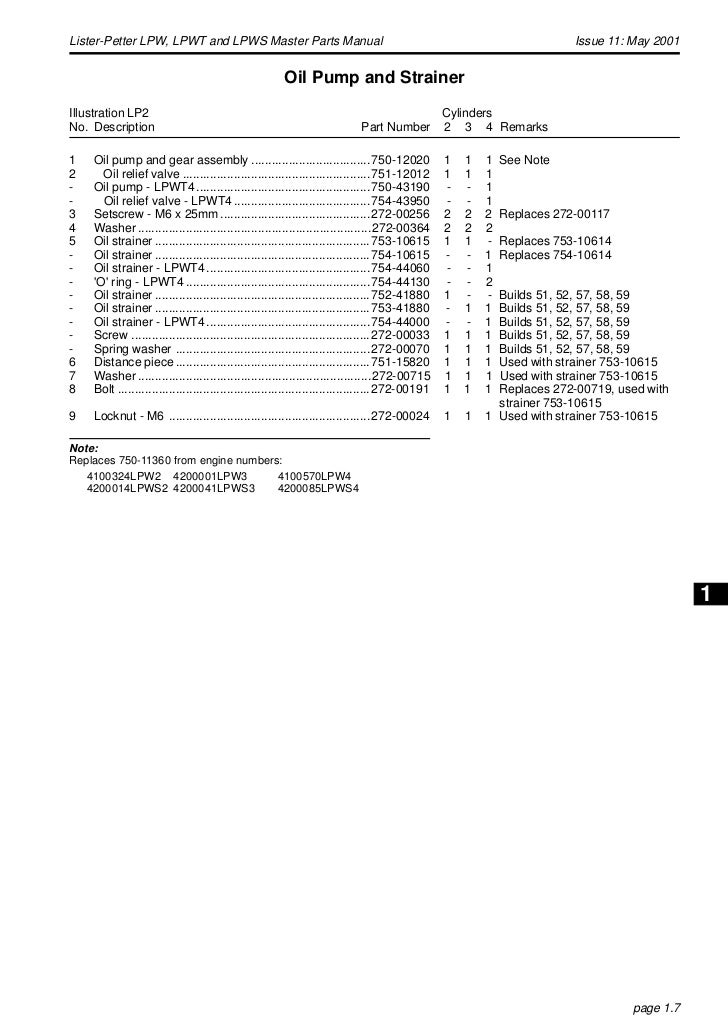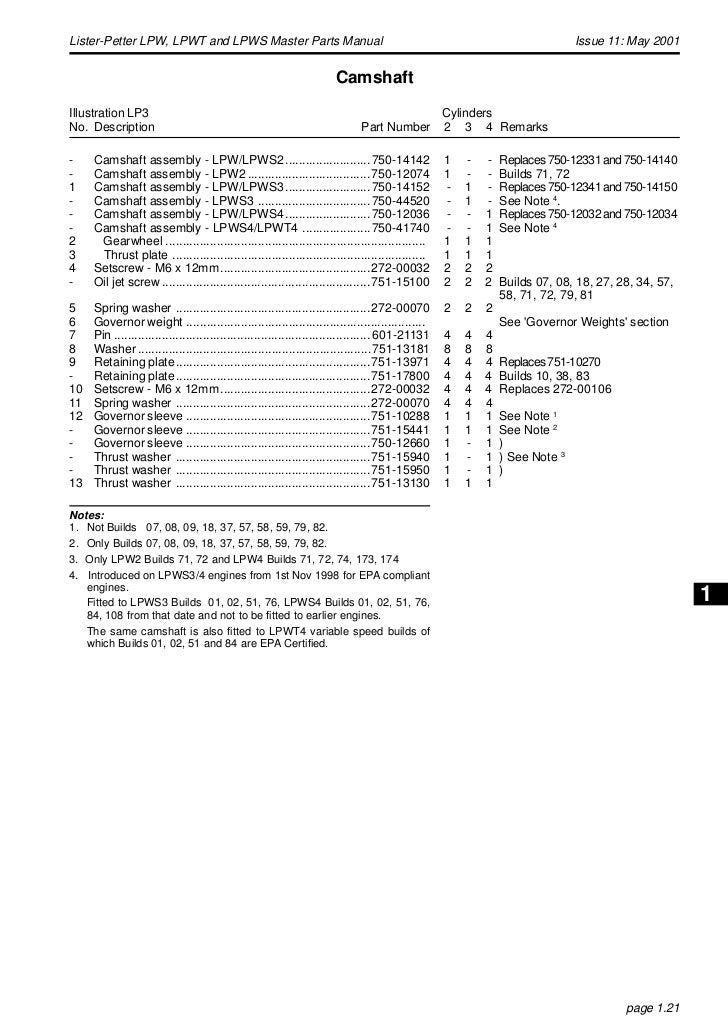Lister Engine Serial Numbers
- 1 Comments!

Hi all, The following may be useful for roughly dating your A or B type and also types H,J,K,L,M,N,P,Q and R. Unfortunately the list cannot be treated as 100% accurate because a duplicate set of 'engine build day books' provide conflicting information as shown by the numbers in brackets.

Lister Engine Dating. Lister engine serial number date guide for all models from beggining of production to 1951. Diesel JP 27-3, 38-4. N.B:- Types 3.5-1, 6-1, 12-2, 21-2, 30-1 and 40-4 are the same as types 3-1, 5-1, 10-2, 18-2, 27-3 and 38-4 at the higher speed. There are no available products under this category.
However, as a general guide the list should be helpful, and reasonably accurate form 1928 onwards. Please note these are build dates and not dates of sale. (These dates were given to me by another enthusiast. I believe they are courtesy of David Edgington) 1923 34557 (34561) - 38037 (38052) 1924 38053 (38075) - 44843 (44847) 1925 44844 (44848) - 53072 (53299) 1926 53073 (53300) - 61233 (61578) 1927 61234 (61579) - 69596 (69627) 1928 69628 - 78096 - 2 208768 - 2 216464 - 2 220614 - 2 222841 - 2 225968 - 2 229736 - 2 233648 - 2 237994 - 2 242483 - 2 245465 - 2 248821 - 2 252370 - 2 254678 - 2 256490 - 2 257976 - 2 258736 - 2 260796 - 2 262275 - 2 263721 - 2 268063 - 2 272800 - 274579 (May 1950) 1951 275829 - 2 278881 - 279284 So there you have it. I've probably gone and spoilt all your fun Best wishes, jayvee ---------- Post added at 09:00 PM ---------- Previous post was at 08:54 PM ---------- Hi all, So what happened after 1952??
Lister changed their numbering system (again) by introducing a very simple method with which to date any post 1952 A or B engine. Every January, until production ceased, engine serial numbers commenced with number 1, while the Spec number determined the year the engine was built. So A2 was built in 1952, A3 = 1953, B4 = 1954, A5 = 1955, etc. Simple really. Just remember that a short serial number means a post 1952 engine. A2/B2 = 1952 A3/B3 = 1953 A4/B4 = 1954 A5/B5 = 1955 A6/B6 = 1956 A7/B7 = 1957 A8/B8 = 1958 A9/B9 = 1959 A10/B10 = 1960 A11/B11 = 1961 A12/B12 = 1962 Hoping this info also helps Best wishes, jayvee. Hi Just been given a 3hp lister petrol engine, at the moment it is buried deep into the back of a shed.
The only info I could get of it given the poor light is HP 3, RPM 450, Engine # 26988 Type was hard to see I think 51B or 51D. The top of the cylinder head has two oval plates, the one on the right has the spark plug in it and the one on left is blank, looks to be a valve inspection covers. Akt brakerazhnoj komissii v shkole obrazec. The engine is tank cooled and the fuel tank what's left of it mounted on the wooden base, below the carby. Any info on this engine would be much appreciated.
Identifying Lister Diesels An article from the Stationary Engine Newsgroup July 1998 This one is for Dene Oehme in Australia, who asked if I could put together a bit on identifying Lister diesel engines for his new web pages (which are a very good effort) There have been quite a few newcomers to the NG who have asked me if I could explain how to differentiate between various models of the Lister Diesel engines. I have not had that problem myself, as I tended to get right in amongst them from day one, and also spent a lot of time going through handbooks and manuals that I picked up at autojumbles etc. For the complete beginner, references to CS, CD,CE, JP, 61/6, etc etc are all a bit confusing at first, but if taken in historical order there is some logic behind the designations. JP, JS and JK Engines. The first diesel was the 9/1 (nine horsepower, one cylinder) 1000 rpm engine, which also became known as the JP. The JP came from the Joint Product agreement between Lister and Ruston & Hornsby, whereby they apparently agreed to keep to their own engine size ranges and not compete against each other. This left Listers with engines below 100HP, while R&H handled sizes above that.
The block was integral with the crankcase on all models, and wet liners were used. The one feature that characterised the JP, CS, CD/CE and FR engines was the compression change-over valve. This device made starting from cold without an external heat source a much more reliable process, and earned Lister a big market both in the UK and overseas. The valve operates by putting a small ante-chamber in the head in communication with the main combustion chamber or not. When the chamber was in communication, the compression ratio was lowered, and this was the running configuration.
When the chamber was taken out of communication, the compression ration was raised, and this was the starting configuration. For operation at very high altitudes, the change-over valve could be left in the starting position. Lubrication was by wet or dry sump gear pressure pump. The JP was never called a JP until later on in it's life, and the single was always called the 9/1, not a JP1. Later versions in two, three, four and six cylinders were variously called the 18/2 (later 21/2) JP2, 30-3 (JP3), 40-4 (JP4) and 61-6 (JP6) The JS was a short-lived variant of the JP, and I understand was only made in a three-cylinder version, the JS3. Problems with centre bearings caused a lot of trouble for Lister.